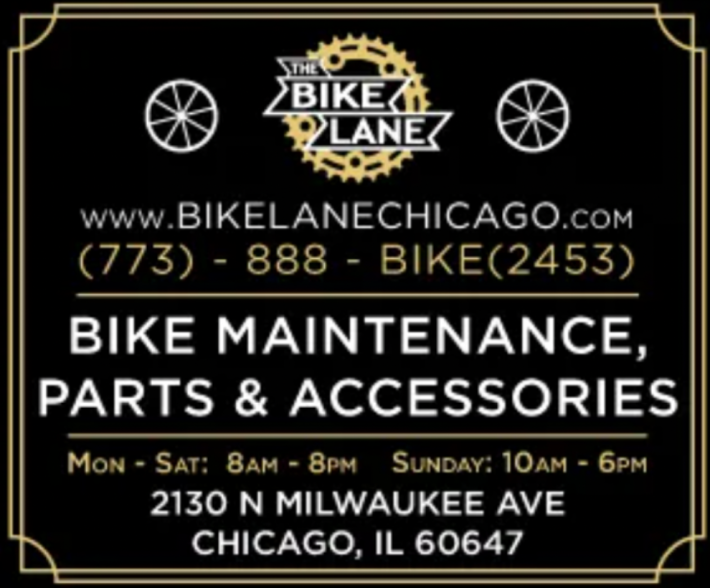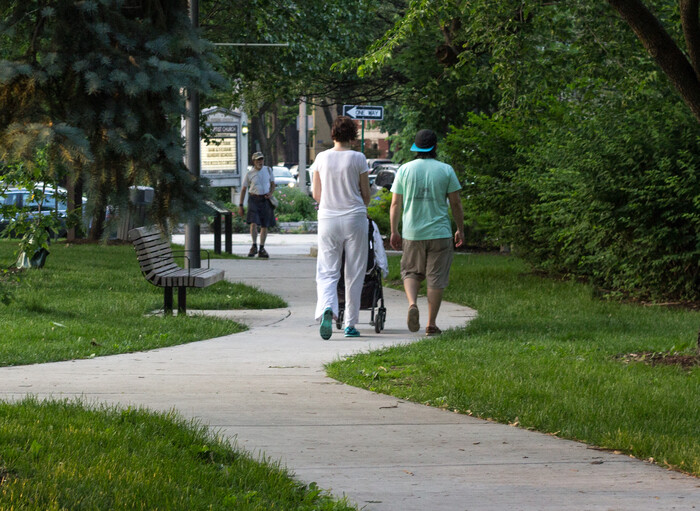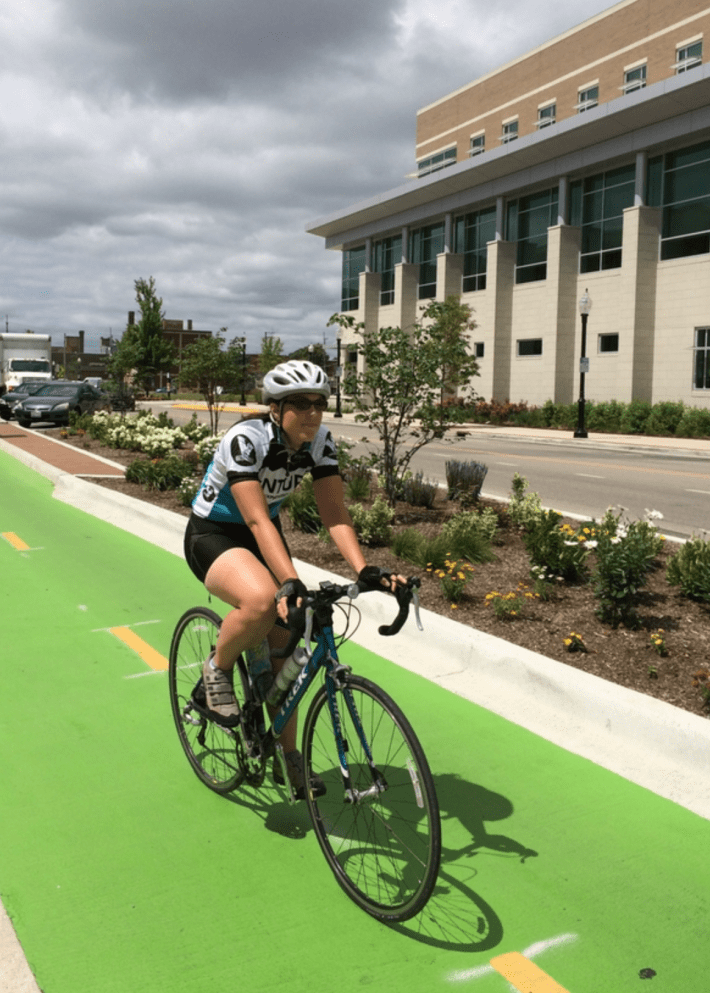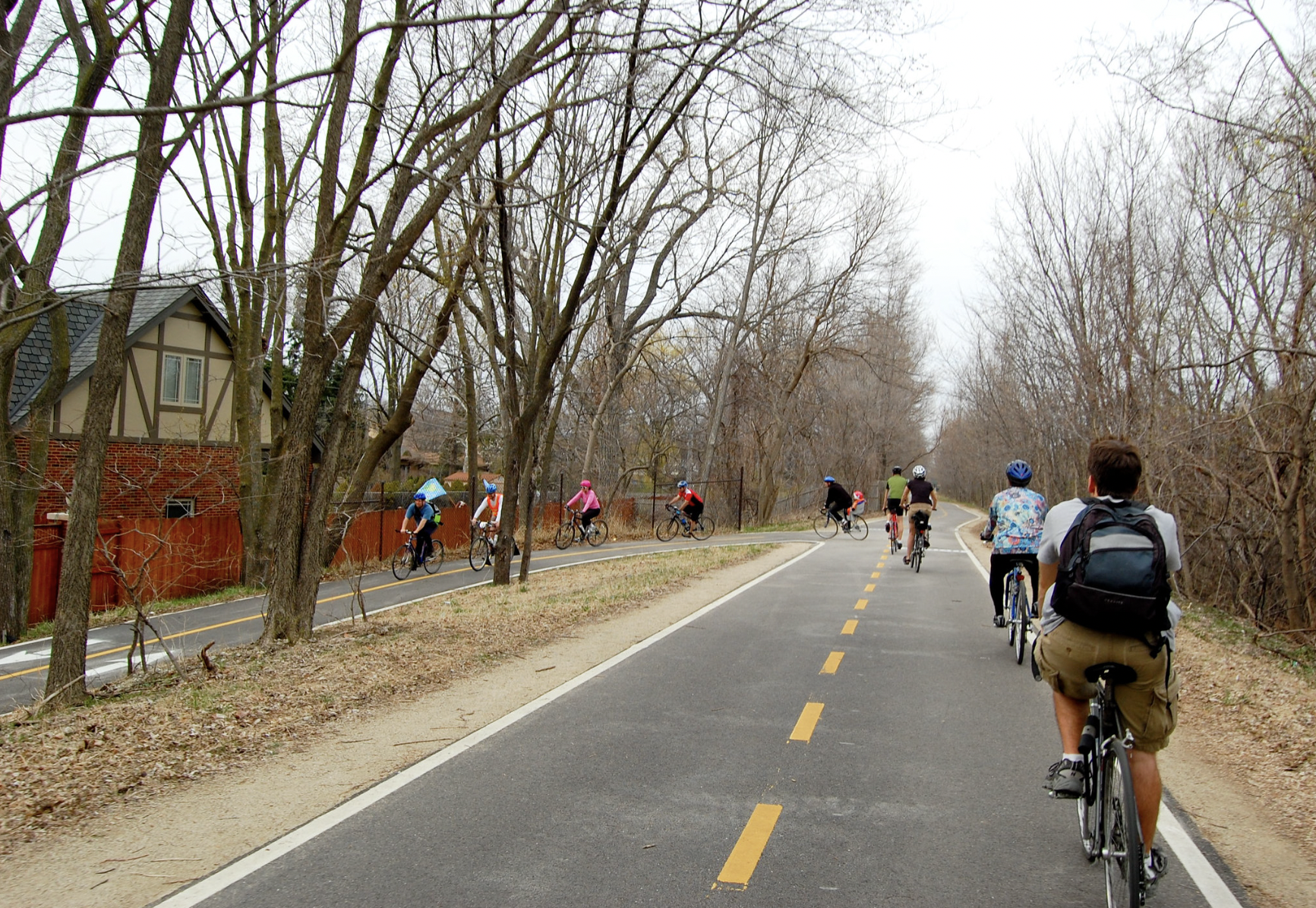
This summer, the Active Transportation Alliance is hosting a three-part webinar series to help Prairie State cities and suburbs win Illinois Transportation Enhancement Program grants for walk/bike projects. In addition to directing applicants to many other resources, ATA is teaming up with the Illinois Public Health Institute and the Illinois Department of Transportation on the online discussions.
The first ITEP talk took place on July 10 and covered the funding program's basics. The program will award a total $140 million to walking, biking, and multi-use trail projects that will connect and enhance the transportation system. The funding for each project will be capped at $3 million.
The $140 million in ITEP grant funding includes $100 million in state funds from the Rebuild Illinois Capital Program which, starting in 2019, established annual, dedicated state funding for walking, biking and trail projects. The other $40 million comes from the Transportation Alternatives program in the Bipartisan Infrastructure Law.
The second ATA webinar took place on Wednesday, outlining the scoring criteria and application process organizations need to meet for their proposals. There are nine funding categories for ITEP. According to the alliance, "Projects eligible for ITEP funding include sidewalk building and replacement, pedestrian crossings, curb bump-outs, bike lanes, side paths, and trails that provide a transportation option for people walking or biking."

There will be a statewide team of at least seven application reviewers, including reps from the Illinois Department of Transportation; the Federal Highway Administration; Metropolitan Planning Organizations like the Chicago Metropolitan Agency for Planning; and the Illinois Department of Natural Resources.
There will be two scores. An application score is a point-based system that rates applications on the project's merits using a set of criteria. There are ten review categories, all of which are worth ten points. They consist of sponsor capacity, "meets category intent", accessibility/public benefit, safety improvements, project support/local commitment, sponsor investment, past performance of the sponsor, project readiness, land acquisition status/railroad coordination, and overall project rating.
"This score is subjective," said ATA Director of Community Building and Leadership Maggie Czerwinski, "It's the overall feel reviewers are getting from your project, from the narrative, and if they think you'll get the job done. So, just remember that there are at least seven reviewers for every application, and they'll all be coming from various perspectives, so your job is to make the best case for your project. Why do you think your project is important? Why is it a good project? Make the case."
There will also be a community score, generated by a Community Map Tool to distribute state funds to high-need qualifying projects and determine match assistance. Sliding scale local match assistance will be determined using Census tract data. The score will be based on the percentage of residents in the tract below the poverty level, median household income, property tax rate, and population. Those first two are the most important factors.

"The very first thing you need to do is calculate your community score," said ATA Managing Director of Advocacy Jim Merrell. "To map that, you need to log in or create a new account on the ITEP online application portal, and the first thing we have to do is create the community score before starting the application. So once you create your login on the ITEP portal, you'll go in and click on the community score. This will help auto-populate the various parts of your application, such as your legislative district."
There are nine different sections of the application. They include general information, contact information, category checklist, project costs, project description, project status, maintenance plan, attachments, and finalization/submission.

During the Q&A section of the webinar, a participant asked if a project would be penalized if there were a mix of project types. "For example, [if] a client wants to connect a residential area to downtown with a shared-use path and improve the connected downtown flux with streetscape improvements."
"You certainly would not be penalized for having a mix of different project types or items," said IDOT Special Programs Unit Chief John Paris. "[But] be careful which category you set that project under. Make sure that it makes sense. And sometimes that's hard to do. One way to look at it is how much money we are spending on a bike-ped path versus how much money we are asking for the streetscape part. And you go with what you're using the most money for."
The current application period runs between August 1 and September 30 at 5 pm CST. The final session of the Webinar series will take place on September 11, from 11:30 a.m. to 1 p.m. and will feature a Q&A with IDOT staff. Register here.
For more information about the ITEP program, check out this ATA blog post.

Did you appreciate this post? Please consider making a tax-deductible donation, to help keep Streetsblog Chicago's sustainable transportation news and advocacy articles paywall-free.




